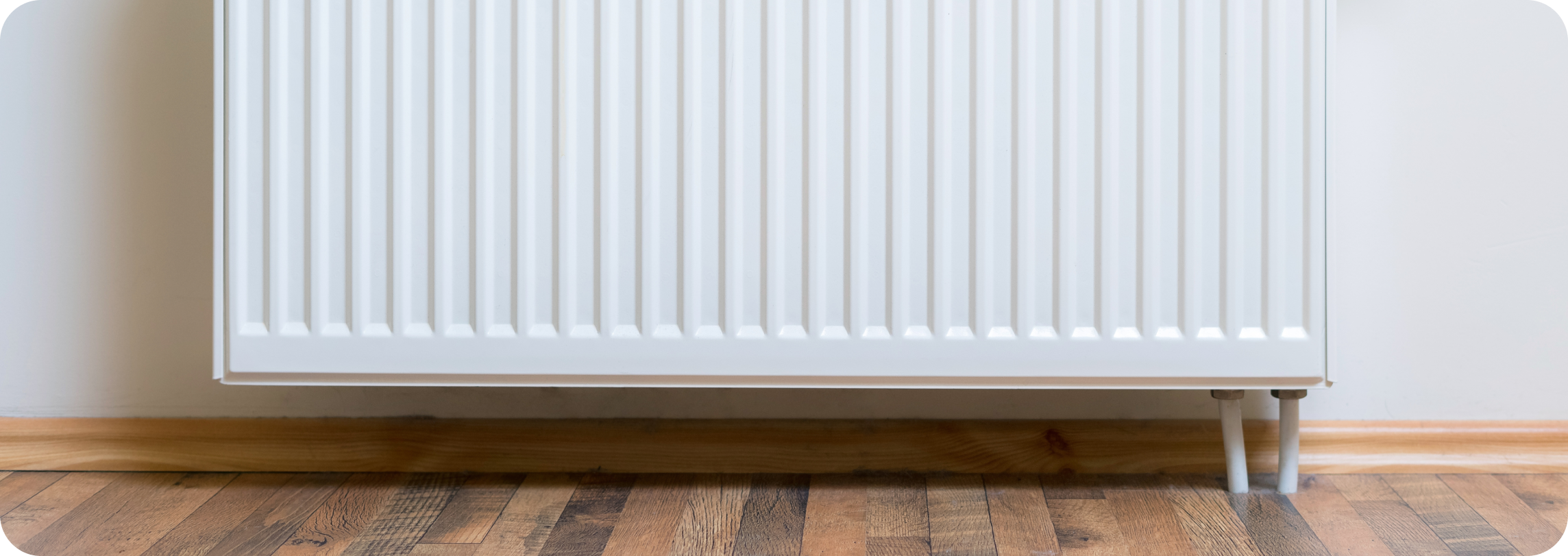Calculate the correct radiator size: Here's how!

The right radiator size is crucial for the efficiency and comfort of your heating system. But how do you calculate their size correctly? In this article, you will learn how to determine the optimal radiator size in just a few steps and which factors play a role.
How do you calculate the correct radiator size?
To calculate the correct radiator size, you must go through several steps. First of all Determine the heat load of the room, i.e. the heat requirement. This depends on various factors, such as room size, insulation, window surfaces and the desired room temperature. Then you need to consider the type of heating system, as this affects the performance of the radiator. Finally, choose a radiator that meets these requirements and works efficiently.
What factors influence radiator size?
The radiator size is influenced by several factors, which together determine the heat requirement of a room. Key factors include:
- room size: The larger the room, the more heating power is required. The volume of the room plays a decisive role in determining the required heating capacity.
- insulation: Good insulation reduces heat loss and thus reduces heating requirements. Poor insulation requires larger radiators so that the same temperature can be maintained.
- window surfaces: Large windows allow more heat to escape. Rooms with many or large windows therefore need stronger radiators to compensate for the lost heat.
- Room height: Higher rooms have a higher volume of air that needs to be heated. A larger room height increases the heating load and may require larger radiators.
- Heat source and heating system: The selected heating system (e.g. heat pump or gas heater) influences the choice of radiator. Different systems operate at different temperatures and therefore require different radiator sizes.
- Desired room temperature: The higher the desired temperature, the more heat the radiator must deliver.
The right formula for calculating radiators
How to calculate the size of radiators:
- Calculate the volume of the room: Multiply the length, width, and height of the room. The result gives you the room volume in cubic meters (m³).
- Determine the temperature difference: Determine the difference between the desired room temperature and the outside temperature. This temperature difference (in °C) shows the heat requirement.
- Calculate the heating output: Multiply the room volume (m³) by the temperature difference (°C) and the thermal insulation value of the room. The result is the required heating capacity in watts (W).
Calculation example: sizing radiators for a room
Imagine that you want to size a radiator for a living room with the following dimensions:
- room size: 5 meters long, 4 meters wide, 2.5 meters high
- Desired room temperature: 22°C
- outdoor temperature: 0°C
- Thermal insulation value of the room: 1.5 (common for rooms with average insulation)
How to size a radiator for a room:
- 1. Calculate room volume: Room volume = length × width × height = 5 m × 4 m × 2.5 m = 50 m³
- 2. Determine temperature difference: Temperature difference = desired room temperature - outdoor temperature = 22 °C - 0 °C = 22 °C
- 3. Calculate heating output: Heating output (W) = room volume (m³) × temperature difference (°C) × thermal insulation value = 50 m³ × 22°C × 1.5 = 1,650 W
For this room, you need a radiator with a capacity of 1.650 watts.
Common mistakes when calculating radiators and how to avoid them
When calculating the size of the radiator, errors often occur that affect the heating output. Here are some common mistakes and how to avoid them:
- Assume the wrong room size: Many use the area of the room instead of volume. This gives false results.
- Unrealistic temperature difference: If you assume that the temperature difference is too high, you overestimate the heat load.
- Do not take thermal insulation into account: Poor insulation requires larger radiators. Correctly assume the thermal insulation value of the room and adjust the calculation.
- Do not include window surfaces: Window surfaces allow heat to escape and increase heating requirements. Take into account the window size when calculating the heating output.
- Select unsuitable radiator technology: Every heating system has different heating output requirements. Make sure you choose the right radiator for your heating system.
autarc: Your partner for precise heat pump planning — find out more now!
Optimize your installations with our innovative radiator detection. With our Radiator detection tool offer your customers an efficient and tailor-made solution. Get precise data for an optimal design of heat pump systems. Contact us today and make your installations more efficient and sustainable!
%25203%2520(1).webp)